
Metamask and Phantom are two of the most popular browser extension wallets in the crypto space. If you’re confused about which you should use between them, you’re not alone.
So, let’s compare the two wallets to help you decide which is better for you. We compare the major features of the two and come to a conclusion on which is better.
One thing to know about browser extension wallets is that they are built to interact with specific blockchains. They’re unlike the conventional hot or cold wallets we know that have multichain support. With that in mind, let us examine how Metamask differs from Phantom.
Metamask is primarily a browser extension wallet built to interact with the Ethereum blockchain. The wallet has become very popular over the years, especially with the advent of decentralized finance (DeFi) and decentralized exchanges (DEXs).
You can use it to buy, sell, swap, send, receive, and store Ethereum-based tokens. It is also used to interact with Decentralized Apps (DApps) and can be used to buy and sell NFTs on the blockchain. If you’re new to Metamask, it is crucial that you learn more about what Metamask is and how to get started using it.
Phantom Overview
Phantom, on the other hand, is a Solana-based browser extension used to interact with Solana DApps, smart contracts, and tokens. Phantom was created primarily for use on Solana and only supports Solana-based tokens.
You can access the wallet using major browsers such as Chrome, Firefox, Brave, and Edge. Phantom has a mobile app that you can use to access the same services as you do with the browser extension.
You can also choose to synchronize the wallets so that what you’re doing on one will reflect on the other.
It has a simple user interface that even complete newbies can use to interact with the Solana blockchain. All you have to do is connect the wallet to whichever website you wish to work with, e.g., a DEX, and you are good to go.
As mentioned earlier, browser extension wallets are created to interact with specific blockchains. Therefore, Phantom is only compatible with tokens, DApps, smart contracts, and NFTs built on the Solana blockchain. This is normal, as few browser extension wallets work with more than one blockchain.
Metamask was also created mainly to interact with and support DApps, tokens, NFTs, and smart contracts built on the Ethereum blockchain. The wallet, however, recently started supporting Binance Smart Chain (BSC), making it compatible with BEP20 tokens in addition to the ERC20 tokens.
You can therefore switch between Ethereum and BSC blockchains as your wish when using Metamask. This makes Metamask a better wallet in terms of supported blockchains.
Up to this point, Ethereum and Solana are incomparable in terms of transactions and other fees. The Ethereum network is notorious for charging outrageous gas fees that are sometimes even higher than Bitcoin’s transaction fees.
However, with the upcoming Ethereum merge, which will transition the network to a proof-of-stake one, the fees are expected to drop significantly.
BSC charges lower fees than Ethereum, but the fees are still higher than what Solana charges. Therefore, the Phantom wallet is still cheaper to use than Metamask, whether you’re using Ethereum or BSC blockchain.
One critical feature that every hot wallet should have is the ability to support hardware wallets. This is because more crypto users are enlightened about the need to use hardware wallets.
Comparing Metamask and Phantom in this aspect, we see that Metamask offers more options.
Metamask supports Trezor, Ledger, Lattice, Keystone, and AirGap Vault hardware wallets, giving users a more diversified collection of wallets that is more inclusive.
Phantom, on the other hand, only supports Ledger, a leading hardware wallet and, indeed, the first ever created, but it is just one of the ones Metamask supports.
Therefore, in the aspect of support for a hardware wallet, Metamask wins overwhelmingly with five wallets to one on Phantom.
How easy a wallet is to use is critical because many new users are entering the crypto space. Since Phantom supports only one blockchain, it is much easier to use than Metamask, which requires you to switch between blockchains.
In addition, it has a simple and plain user interface (UI), with all options accessible on one page. The options include the wallet balance, collectibles, swap, recent activity, and settings.
For Metamask, you must click on a dropdown after choosing your blockchain of choice to see other available options. This can be confusing, especially for non-tech persons using the wallet for the first time. In terms of ease of use, Phantom beats Metamask.
Security is the most critical consideration in choosing a wallet. This is because the crypto space is ridden with bad actors seeking to steal your hard-earned money.
Both wallets take security seriously and respect users’ privacy. This is evident as no personal information is required to create the wallets.
All you need is a password; therefore, hackers cannot steal any personal information from you as far as the wallet is concerned. Concerning your crypto assets, a password is used to secure the wallet so no one else can access it.
However, in case you lose the device that carries the wallet or cannot access it for any reason, both wallets have recovery keyphrases you can use to restore the wallet on another device.
This is also useful in case of a hack. You can quickly change the password and take back control after restoring the wallet on another device.
There is a slight difference between the two, though. Metamask has a mechanism that ensures you have safely copied and saved the 12-word recovery keyphrase. You must re-enter the words in the proper order to finish creating your wallet.
For Phantom, you can defer this process, which exposes the users to risk if they end up not saving their backup phrase securely. While both wallets are similar in security features, this tiny detail puts Metamask ahead of Phantom.
So, which wallet is best for you? This depends largely on your blockchain of choice. If you are dealing with Ethereum or BSC, Metamask is, of course, the wallet of choice, and Phantom is for Solana.
However, if you don’t have a blockchain in mind and just looking for a reliable browser wallet, Metamask is better. It is more secure and supports more hardware wallets—furthermore, its supports two major blockchains. If fees are your priority and nothing else, Phantom will do the job.
This news is republished from another source. You can check the original article here

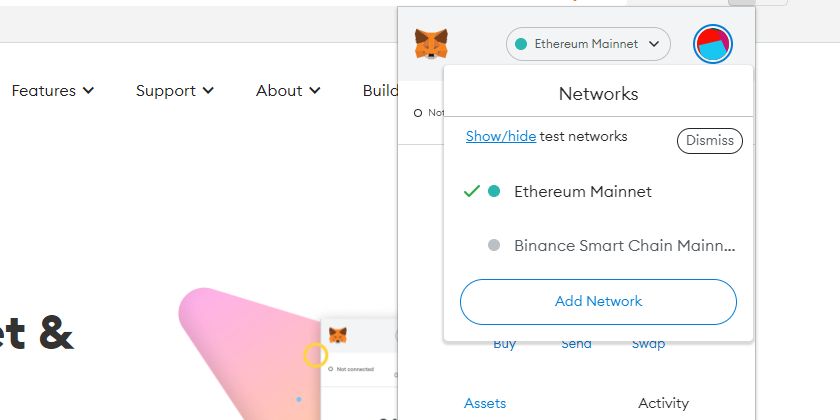
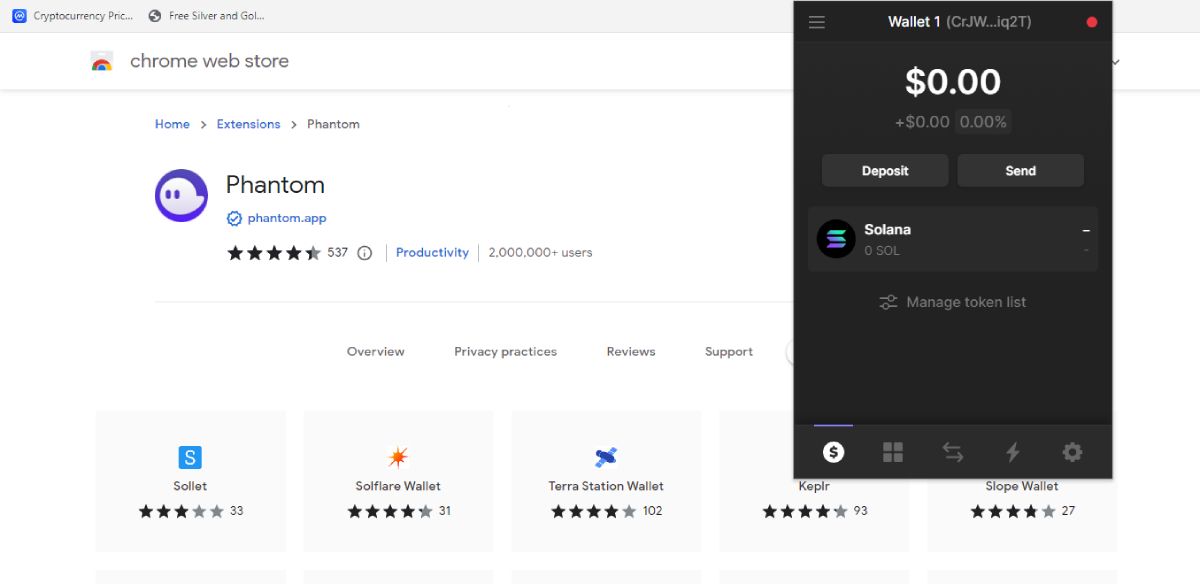
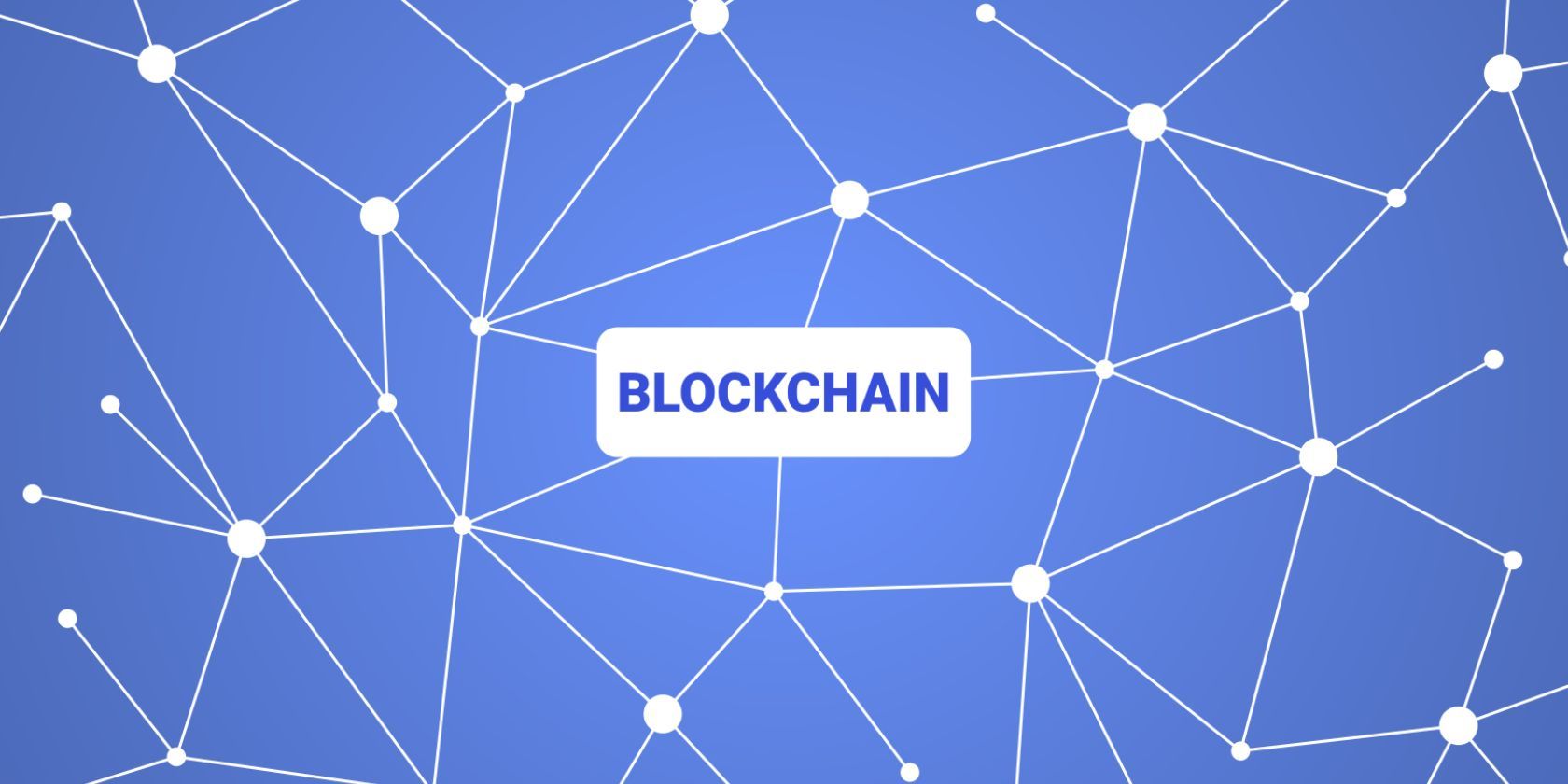
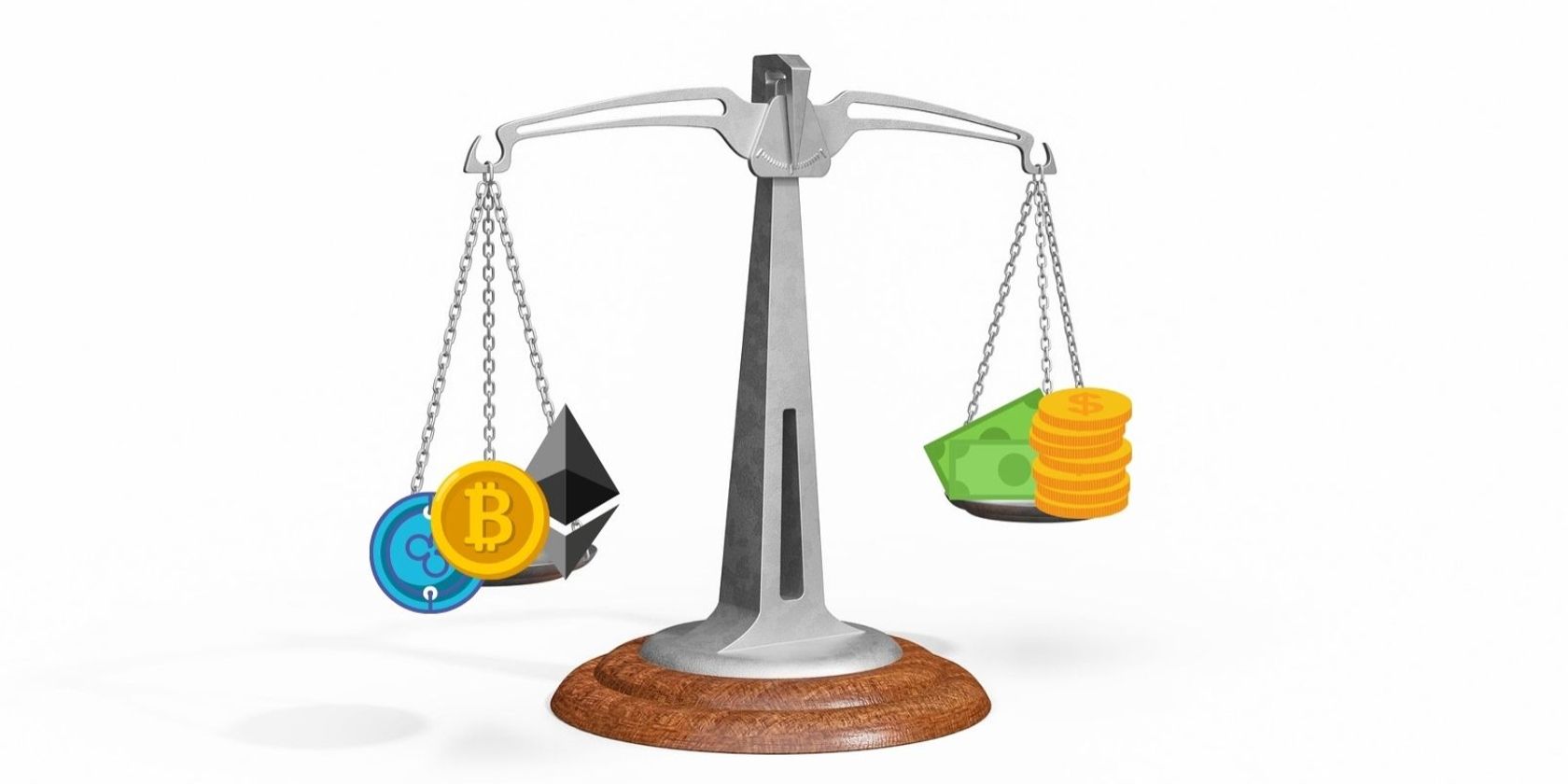
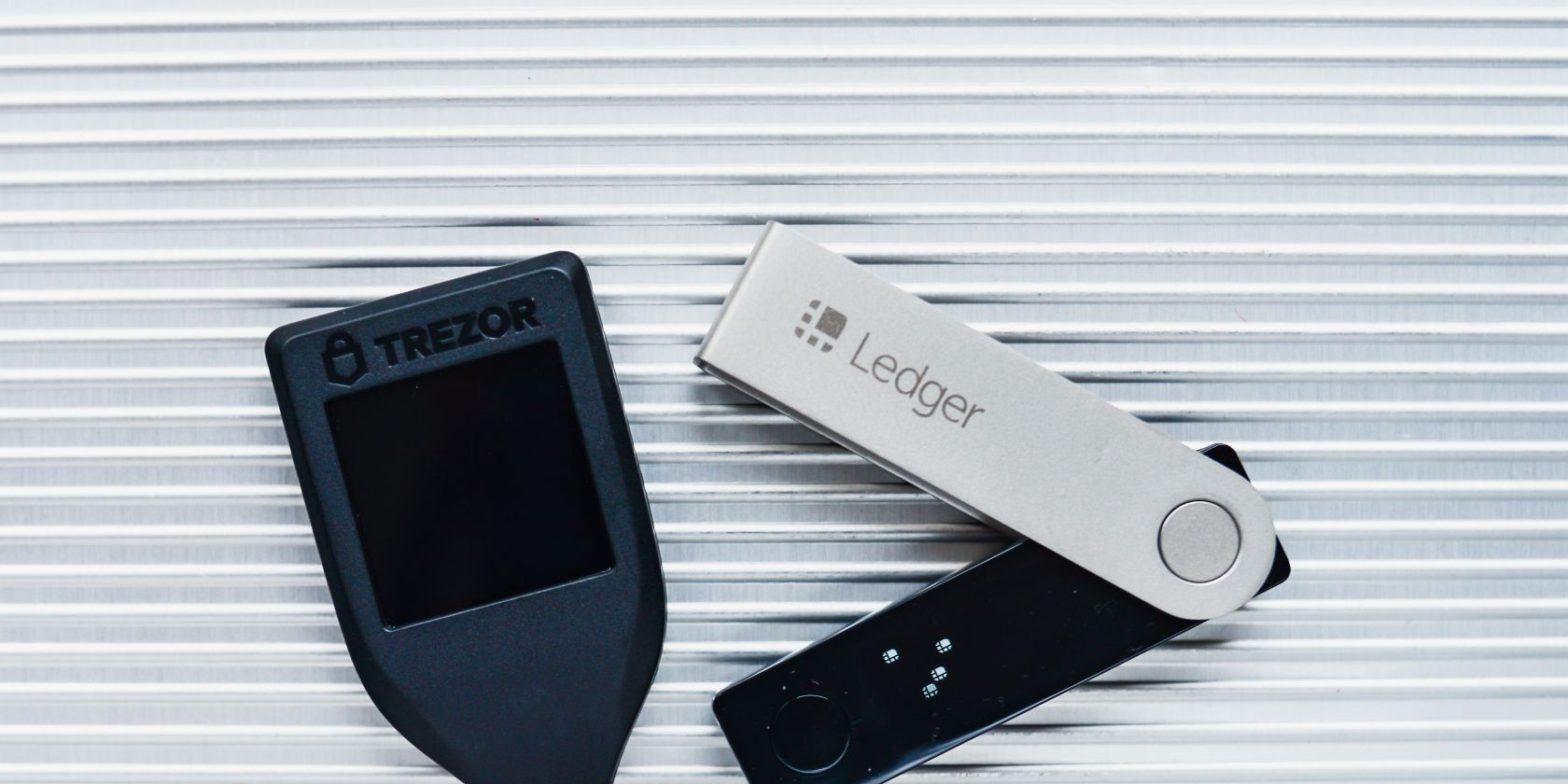

Be the first to comment